The Small Business Administration (SBA) has introduced rule changes that are reshaping small business mergers and acquisitions (M&A). These updates, effective since December 17, 2024, with additional provisions rolling out January 17, 2026, affect deal timelines, financing, and government contract eligibility. Here’s what you need to know:
- Delays in Deals: 41% of brokers report longer closing times (by 30 days on average).
- Financing Challenges: Stricter SBA loan rules now require higher credit scores, increased equity injections, and lower collateral thresholds.
- Government Contract Impacts: Businesses lose small business set-aside eligibility after acquisitions by larger firms, but small-to-small transactions retain this benefit.
- Upcoming Deadline: January 17, 2026, marks key changes to recertification rules for multiple award contracts (MACs), driving urgency in deal closures.
These changes create hurdles but also opportunities for small-to-small business transactions, which preserve contract value. Buyers and sellers must act quickly and structure deals carefully to comply with the new rules and maintain access to government contracts. Platforms like Clearly Acquired offer tools to simplify compliance and financing in this evolving landscape.
Webinar - SBA Final Rule: Implications for GovCon M&A (PilieroMazza, Bass Berry & Sims, Fluet)
Major SBA Rule Changes and M&A Effects
The SBA's new regulations bring sweeping updates to the rules governing small business mergers and acquisitions (M&A). These changes, outlined in 13 CFR 125.12, replace decades of prior guidelines and case law with a new framework that significantly impacts how acquisitions are structured and valued. Let’s dive into the key rule changes and how they influence deal structuring.
Updated Recertification Requirements
The SBA now mandates a 30-day recertification period for all small business categories, including 8(a), HUBZone, WOSB/EDWOSB, and SDVOSB programs.
For mergers occurring within 180 days of an offer submission, recertification becomes disqualifying, making the deal ineligible for the award. In single-award contracts, businesses that no longer qualify as small can still perform and receive orders, but their work no longer counts toward the agency's small business goals. The rules for multiple-award contracts (MACs) are stricter. Starting January 17, 2026, businesses that fail recertification won’t be allowed to bid on new orders or exercise contract options.
Tighter Underwriting Standards
Following a reported -$397 million cash flow in fiscal 2024, the SBA introduced stricter lending criteria. Administrator Loeffler explained the rationale:
"The last Administration inherited a thriving 7(a) loan program but left it in critical condition – dismantling every common-sense guardrail that kept it solvent and self-sustaining".
The updated Standard Operating Procedure (SOP 50 10 8), effective June 1, 2025, includes several changes that directly affect M&A deals:
- Lowered collateral thresholds: Collateral requirements have dropped from $500,000 to $50,000, meaning most acquisition deals will now require collateral.
- Increased equity injection: Equity injection requirements are now 10% of project costs for start-ups and ownership changes.
- Higher credit score thresholds: The minimum business credit score has risen from 155 to 165.
Additionally, the SBA reinstated a limited personal resources test. Lenders must verify whether any owner has liquid assets that could replace the loan, excluding retirement, college, and medical savings. Another key adjustment restricts SBA loans to businesses where all owners, guarantors, and key employees are U.S. citizens, nationals, or lawful permanent residents, with financial information verified through IRS transcripts.
Contract Eligibility and Set-Aside Status Changes
One of the most impactful updates affects businesses holding government contracts set aside for small companies. Previously, contractors retained their small-business status for a restricted MAC even after an acquisition. Under the new rule, this protection is gone.
After failing recertification, businesses immediately lose eligibility for future small business set-aside task orders, delivery orders, and contract options. The SBA has also removed the Federal Supply Schedule (FSS) exception, effective January 16, 2025.
The rule is designed to curb M&A activity by larger companies while favoring mergers between two small businesses. According to the SBA:
"Where two business concerns individually qualify as small before a merger, acquisition or sale but do not in the aggregate after such occurrence, the final rule allows the contract holder to remain eligible for orders issued under an underlying small business multiple award contract".
This creates a distinct advantage for small-to-small transactions, which retain more value compared to acquisitions by larger firms.
Implementation Timeline and Transition Period
The phased rollout of these changes has created a mix of opportunities and challenges for businesses. While most provisions took effect on December 17, 2024, the critical MAC recertification rules won’t be enforced until January 17, 2026. A one-year grace period allows businesses with disqualifying recertifications to continue receiving orders until that date.
"Firms that have made or will continue to make disqualifying recertifications prior to one year after the effective date of this rule will continue to be eligible to receive orders and options after the effective date of this rule".
This timeline has sparked a flurry of M&A activity, as businesses rush to finalize deals before the January 2026 deadline. Small businesses with set-aside multiple award contracts - and companies looking to acquire them - are prioritizing transactions that close before this cutoff to preserve access to future set-aside opportunities.
For businesses navigating these complex changes, platforms like Clearly Acquired are proving invaluable. They offer a range of SBA 7(a) and SBA 504 loan services, alongside AI-powered tools that simplify compliance with the updated regulations and streamline the acquisition process.
Managing Challenges and Finding Opportunities
The new SBA regulations have reshaped the landscape for mergers and acquisitions, introducing hurdles that disrupt traditional deal structures. However, with thoughtful timing and strategy, both buyers and sellers can navigate these challenges. Interestingly, the evolving rules also highlight unique advantages for small-to-small business transactions.
Problems for Buyers, Sellers, and Brokers
The updated rules have caused ripples across the M&A market. According to data, 41% of brokers report delays in transactions, with average closing times extending by 30 days compared to the previous year. These delays stem from specific challenges that impact buyers, sellers, and brokers differently.
One major issue is financing gaps. Increased financial pressures have resulted in stricter underwriting requirements, making it harder to finalize deals. A significant mismatch exists between buyer expectations and seller offerings - while 62% of buyers anticipate seller financing, only 23% of sellers are willing to provide it.
Buyers now face heightened scrutiny to prove financial readiness. As Rich Jackim from Jackim Woods & Co. explains:
"There is a great deal of demand for solid, performing businesses - those that are profitable, have experienced employees, are not owner dependent, and are reasonably priced. Don't start your conversation with the seller or his broker by asking, 'Will the seller provide any seller financing?' Ninety percent of the time, the answer will be 'no,' and you lose credibility as a qualified buyer".
Another hurdle is stricter compliance requirements. Both lenders and borrowers must meet more extensive criteria, including verifying that all owners, guarantors, and key employees are U.S. citizens, nationals, or lawful permanent residents.
For sellers, valuation drops present a pressing concern. Businesses with government contracts face potential devaluation after January 17, 2026, when set-aside multiple award contracts (MACs) could lose their appeal to larger acquirers. This looming deadline pressures sellers to act quickly on pricing and deal structures.
Benefits for Small-to-Small Business Deals
Amid these challenges, small businesses have found opportunities to thrive. The new regulations offer distinct advantages for transactions between two small businesses.
One major benefit is contract value retention. When two small businesses merge and remain small in aggregate, they retain their eligibility for small business set-aside contracts. This ensures that government contracts, which could lose value in acquisitions by larger firms, remain intact.
Small buyers also gain a competitive edge by demonstrating financial readiness. While 68% of buyers are considering SBA financing for acquisitions, over half (55%) are still unaware of the regulatory changes. Those who are prepared can negotiate more effectively.
Additionally, timing advantages arise from the regulatory complexity. Smaller entities often navigate compliance processes faster than larger companies, which can be critical as the market experiences a surge in M&A activity.
Market Trends and Timing Factors
The phased implementation of SBA rules is expected to drive M&A activity through 2025. Valuations for set-aside MACs are projected to remain strong until January 17, 2026. This creates urgency for contractors and investors to act before the regulatory environment shifts further.
Rich Jackim underscores the importance of early preparation:
"To improve your chances of winning the deal, get your financing in order before you start your search, so when you find a great business you can include proof that you have the financing lined up to close a deal. This immediately proves to a seller that you are serious, qualified, and have a high probability of closing, which in turn increases your negotiating leverage."
Market trends also reveal growing opportunities for small businesses to consolidate by acquiring other small entities while maintaining their small business designation. This has given rise to a new wave of serial acquirers within the small business sector.
For those navigating these challenges, platforms like Clearly Acquired provide critical support. By offering SBA loan services, AI-driven compliance tools, and comprehensive deal management capabilities, Clearly Acquired helps buyers and sellers adapt to the evolving regulatory landscape. This enables them to act decisively and remain compliant as opportunities emerge.
sbb-itb-a3ef7c1
How to Succeed Under the New SBA Rules
The changes introduced by the SBA's final rule bring a mix of challenges and opportunities for those involved in small business mergers and acquisitions (M&A). To thrive in this new landscape, businesses need to focus on strategic planning, thoughtful deal structuring, and leveraging modern tools to ensure compliance and maintain value.
Preparing to Sell
If you're planning to sell your business - especially one with set-aside contracts - it’s crucial to evaluate your current standing. Completing transactions before January 17, 2026, can help you avoid potential devaluation of your business. Adjusting deal terms to align with the updated guidelines reduces risks and ensures compliance. Taking these proactive steps now can pave the way for smoother, more resilient transactions.
Crafting Smarter Deal Structures
When two small businesses merge, structuring the deal carefully can allow the combined entity to remain eligible for set-aside contracts, preserving contract value. Aligning your deal terms with the SBA's updated requirements not only minimizes risks but also helps protect the overall value of the transaction.
Leveraging Technology and Expertise
Modern M&A transactions demand advanced tools and expert guidance to navigate the complexities of compliance, due diligence, and execution. Platforms like Clearly Acquired provide integrated solutions, including verified deal flow, AI-driven compliance tools, and flexible financing options. These tools simplify due diligence, automate documentation, and optimize financing structures - empowering buyers and sellers to confidently manage the shifting regulatory landscape. Combining technology with expert insights is essential for adapting to the new SBA rules while safeguarding the success and value of your transactions.
Industry Effects and Future Outlook
The regulatory changes discussed earlier are shaking up industries in different ways, making it crucial for businesses to adopt strategies tailored to their specific needs. By understanding how these shifts impact various sectors, stakeholders can better prepare for challenges and take advantage of new opportunities.
Industry-Specific Effects
The recent updates to SBA rules are creating waves across industries, with certain sectors feeling the impact more intensely than others. These changes don’t just affect government contractors - they extend to professional services, manufacturing, and healthcare, each with its own set of hurdles.
Government contracting faces the most substantial challenges. The new rules significantly alter eligibility requirements for set-aside contracts following mergers or acquisitions. For example, companies with Multiple Award Contracts (MACs) risk losing their eligibility for future set-aside orders if they’re acquired by a large business after January 17, 2026. This creates a tight timeline for contractors to complete transactions, and valuations of small businesses holding MACs are expected to drop after this deadline.
Professional services firms - especially those in IT consulting, engineering, and management consulting - are also vulnerable. Because these businesses often rely heavily on federal contracts, the timing of any acquisitions or sales becomes a critical factor in maintaining revenue streams.
Manufacturing companies working with government contracts, particularly in defense or other specialized federal sectors, face complexities in valuing and transferring the government-related portions of their operations. Their commercial activities may remain unaffected, but navigating the government side will require more effort.
Healthcare businesses serving federal clients, such as those with Veterans Affairs contracts or other government health initiatives, will need to adjust to these changes. However, healthcare companies focused mainly on commercial markets or Medicare/Medicaid reimbursements are likely to see minimal direct effects from the SBA rule updates.
Compliance and Growth Best Practices
To navigate these challenges, businesses are adopting best practices that not only ensure compliance but also drive growth. Staying proactive and treating compliance as a strategic advantage can set companies up for long-term success.
- Track and monitor metrics: Regularly use the SBA's Size Standards Tool to confirm eligibility, and keep detailed records of revenue and employee counts to anticipate recertification risks.
- Diversify contracts: Strengthen past performance, build relationships with federal agencies, and seek out mentors or teaming partners to access larger, unrestricted opportunities.
- Maximize current opportunities: For businesses considering an exit, focus on securing more contracts now to boost valuation before a sale.
- Leverage expert advice: Consult M&A advisors with experience in government contracting, work with specialized attorneys, and engage with SBA representatives or Procurement Technical Assistance Centers (PTACs) to navigate the new rules.
Common Problems vs. Proven Solutions
| Problem | Solution |
|---|---|
| Declining business valuations after January 17, 2026 | Finalize transactions before the deadline or explore mergers between small businesses to retain set-aside eligibility |
| Loss of set-aside contract eligibility post-acquisition | Structure deals exclusively between small businesses to preserve future eligibility |
| Uncertainty around size recertification | Regularly monitor size standards using the SBA's tool and maintain accurate records of revenue and employee data |
| Compliance issues with minority shareholders | Work with specialized attorneys to structure investments that follow standardized negative control rules |
| Increased scrutiny and compliance challenges | Conduct regular internal audits and maintain comprehensive documentation to meet regulatory demands |
As regulations continue to evolve, businesses that build strong compliance systems and stay adaptable in their strategies will be better equipped to handle future changes. By viewing these rules as opportunities to refine operations rather than barriers, companies can position themselves for growth and successful transitions.
Conclusion: Adjusting to New M&A Rules
The recent SBA rule changes bring both challenges and opportunities to the small business M&A landscape, requiring businesses to act swiftly and strategically. With the January 17, 2026 deadline approaching, companies involved in federal contracting need to prioritize compliance and adapt their strategies accordingly.
Timing is everything. If your business holds Multiple Award Contracts (MACs), completing mergers or acquisitions before the deadline is essential to preserve eligibility for set-aside orders under current agreements. Additionally, the Final Rule introduces an exemption for transactions between two small businesses, allowing companies to grow while retaining access to small business benefits. This opens the door for strategic mergers that maintain eligibility for set-aside contracts and ensure continued access to government opportunities.
To navigate these changes effectively, it's crucial to revisit the basics. This includes streamlining ownership structures, ensuring documentation is airtight, and verifying industry eligibility. Taking the extra step to understand and improve your Small Business Size Standard (SBSS) score now can help you avoid potential eligibility pitfalls later.
For businesses looking to simplify the process, platforms like Clearly Acquired can be game-changers. With features like verified deal flow, SBA loan expertise, and AI-driven tools for sourcing and underwriting, these resources help streamline everything from identifying acquisition opportunities to securing financing.
These evolving rules aim to protect the integrity of small business programs, ensuring that set-aside contracts remain reserved for businesses that truly qualify. By taking decisive steps, structuring deals wisely, and seeking expert guidance, businesses can not only adapt but thrive.
Whether you're planning to buy, sell, or invest, the clock is ticking. Acting now ensures you're well-positioned to take advantage of opportunities before the regulatory landscape shifts. Those who prepare and execute strategically will emerge stronger in this new era.
FAQs
How do the recent SBA rule changes affect small business eligibility for government contracts after an acquisition?
The upcoming SBA rules, set to take effect in January 2025, bring notable shifts for small businesses involved in mergers or acquisitions. Under the new rules, if a business is unable to recertify as small within 30 days following the transaction, it will lose its eligibility for set-aside contracts tied to multiple-award contracts (MACs). That said, there are specific situations where a business might still qualify for set-aside contracts even if it no longer meets the size standard at the time the contract is awarded.
These adjustments are likely to reshape how small businesses are valued within the government contracting space. They could spark increased M&A activity and lead to changes in acquisition strategies. For both buyers and sellers, understanding these rules will be essential to successfully navigate this evolving market.
How can small businesses adapt to the stricter SBA loan requirements introduced by the new regulations?
To meet the tighter SBA loan requirements, small businesses should focus on recertifying their small business status within 30 days of any merger or acquisition. This step is crucial to maintaining eligibility for SBA programs. At the same time, businesses need to comply with the updated 10% equity injection rule for SBA 7(a) loans and ensure all tax records are accurate and properly verified to satisfy documentation requirements.
Staying up-to-date on changes to joint venture rules and ownership criteria is equally important. Consulting with seasoned legal or financial advisors can provide clarity and help you navigate these adjustments effectively, ensuring you’re well-positioned to secure the funding needed for growth or acquisitions.
What are the benefits and challenges of small business mergers under the updated SBA rules?
The Small Business Administration (SBA) has recently updated its rules, introducing new requirements for small business mergers and acquisitions. One of the key changes is the recertification of size status, which businesses must now address after completing a merger or acquisition. These updates bring both opportunities and hurdles for small businesses.
On the upside, the revised rules offer more straightforward compliance guidelines, helping businesses stay eligible for SBA programs. This added clarity can be a significant advantage for those navigating the complexities of mergers and acquisitions. On the flip side, the new requirements introduce challenges, such as meeting strict recertification deadlines and understanding the updated regulations. Failing to comply could affect access to funding and eligibility for certain SBA opportunities.
To navigate this shifting landscape, small businesses should focus on understanding the changes and developing a solid plan. With careful preparation, they can adapt to the new rules and thrive in the evolving world of mergers and acquisitions.




















.png)
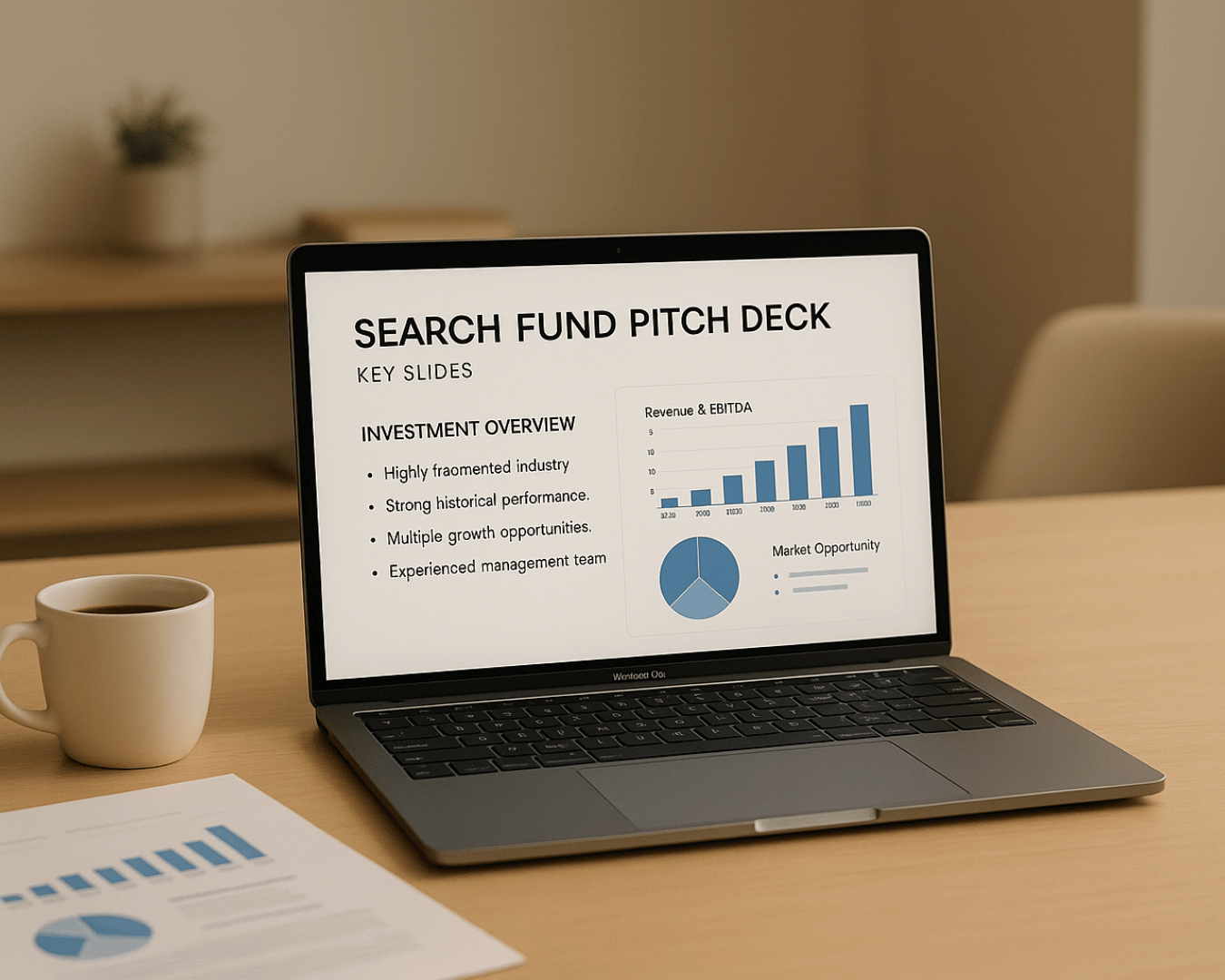




























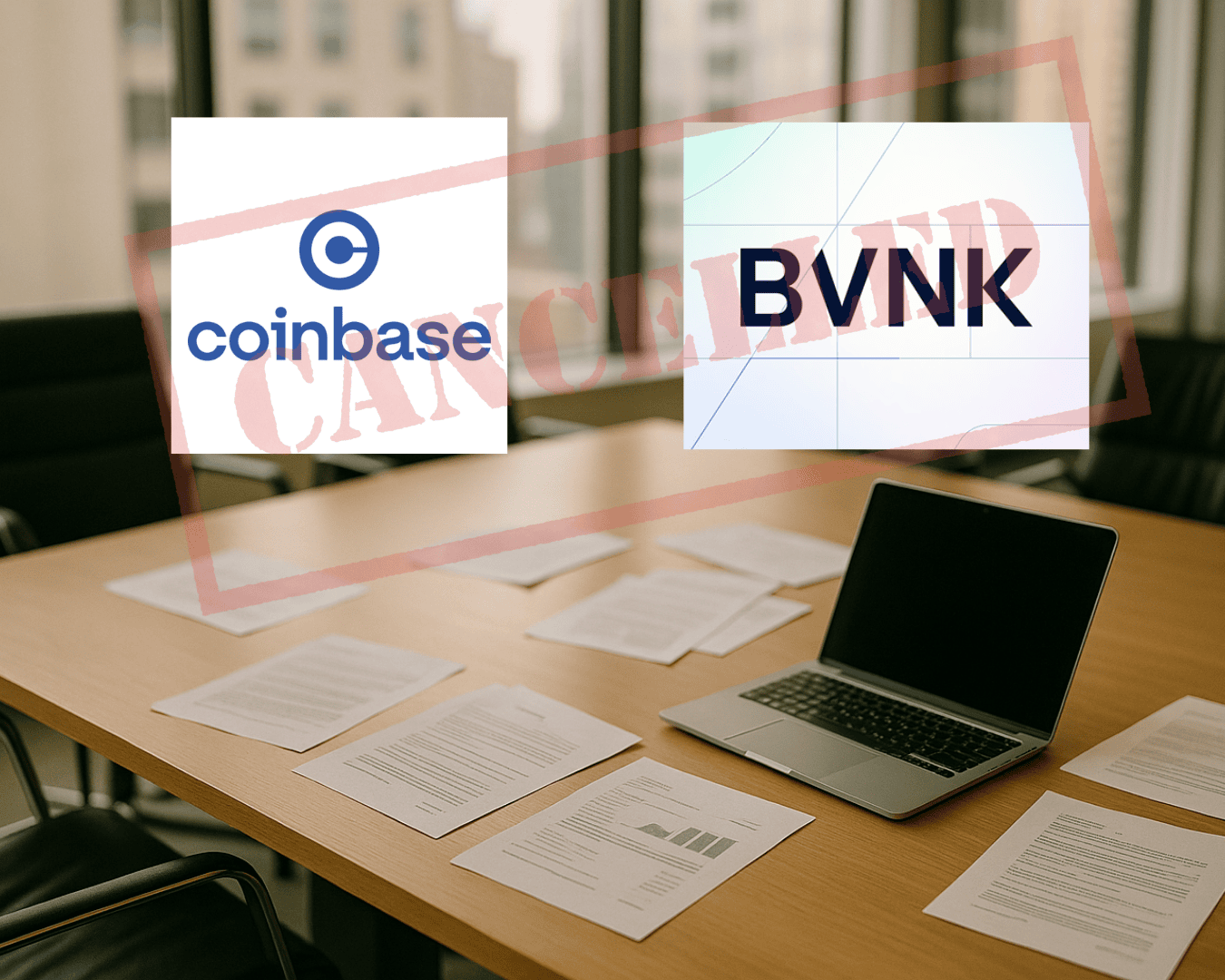









.png)




























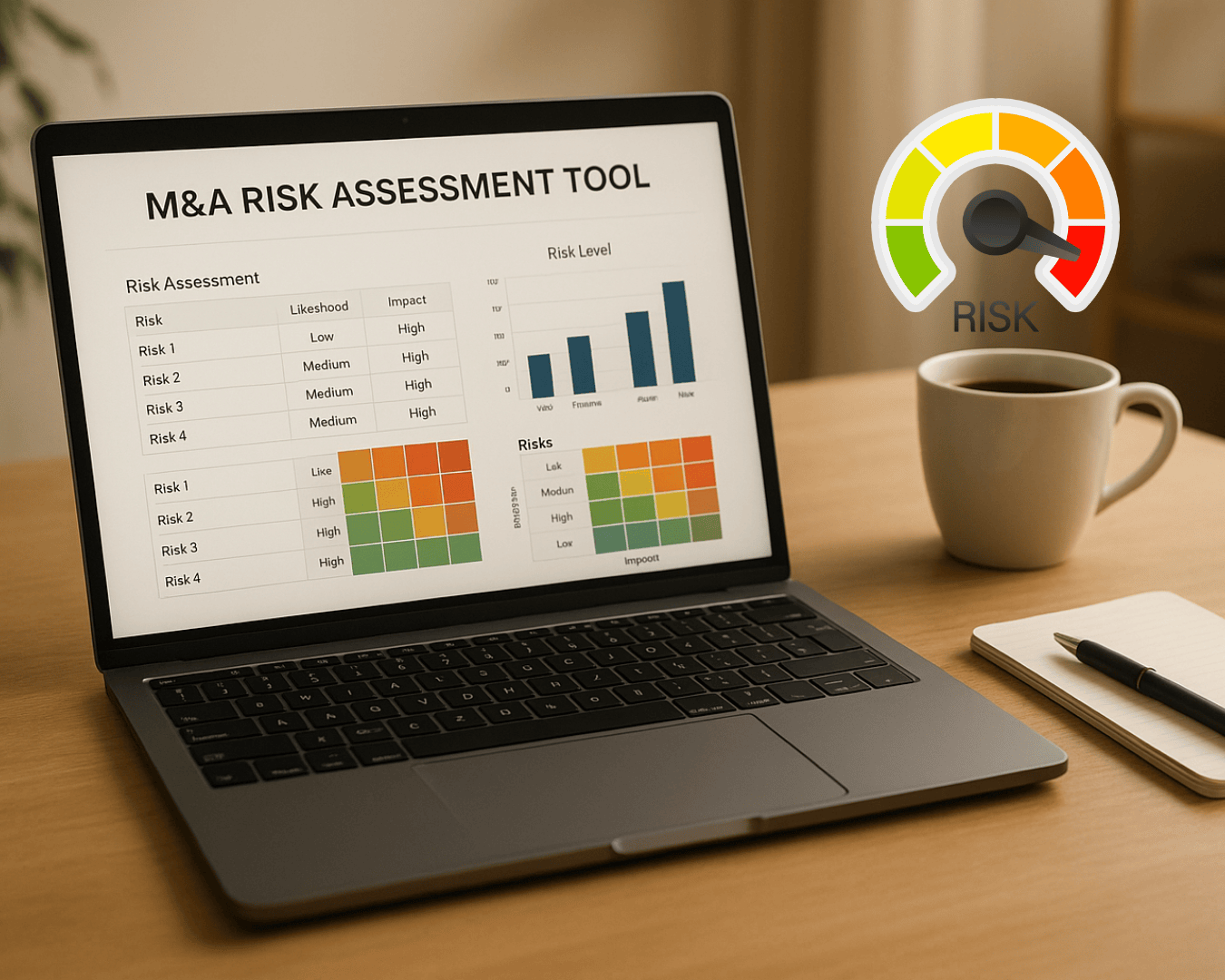

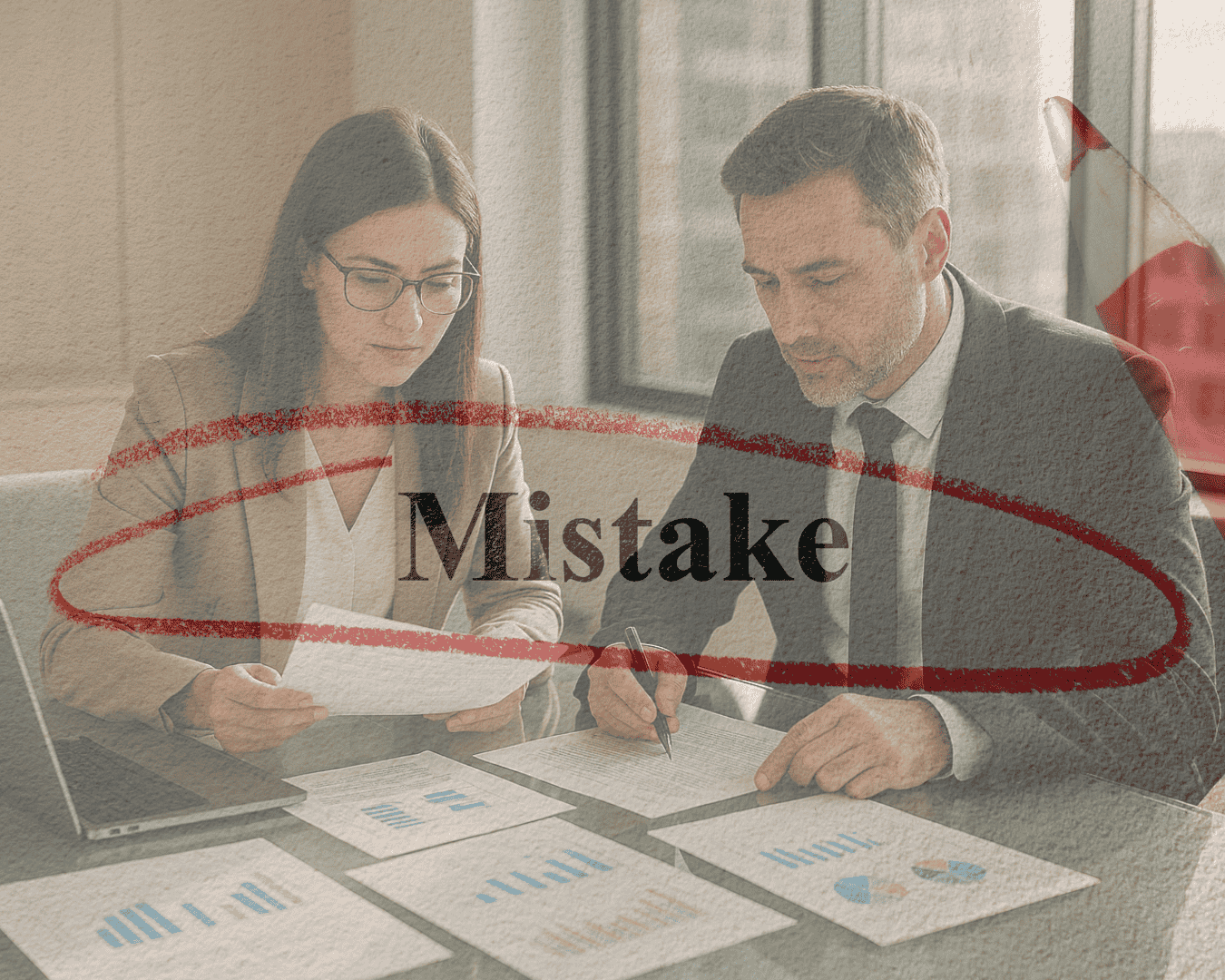
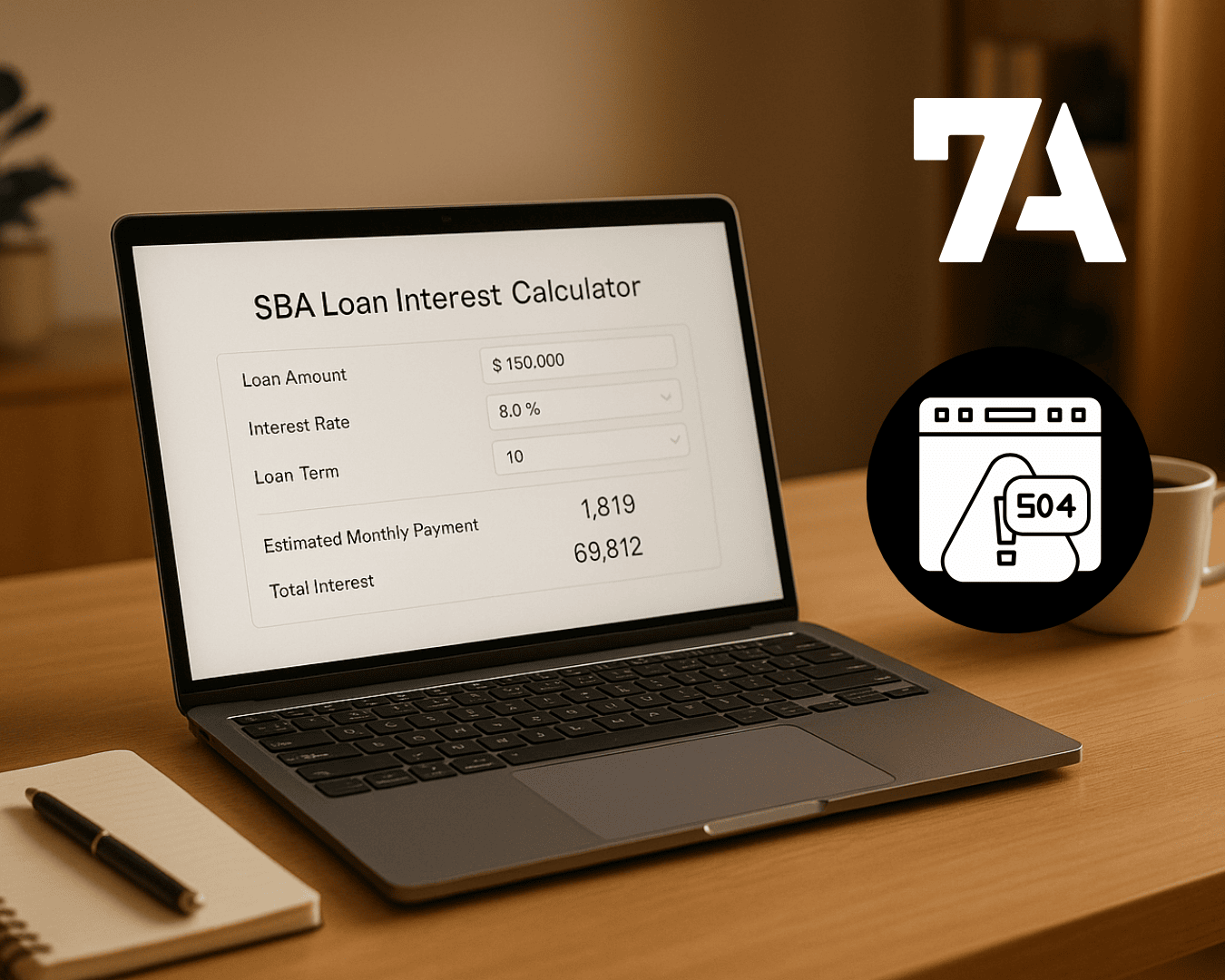








%20Loan%20Application%20Checklist.png)








